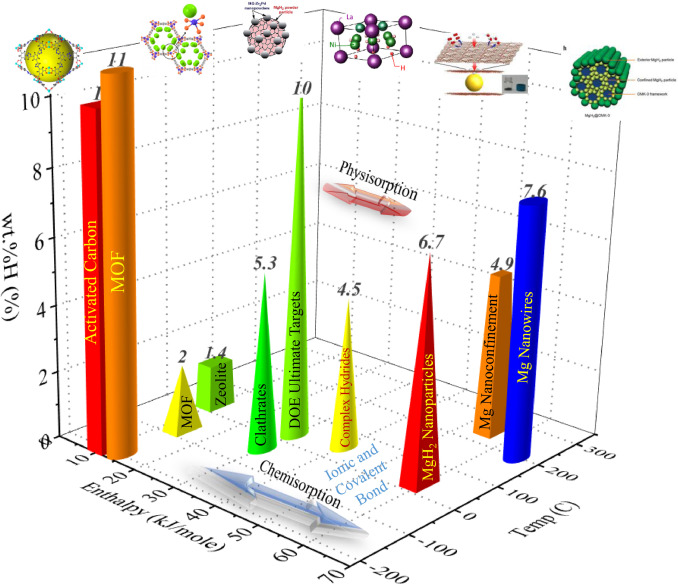
The clarification of the precise crystal arrangement of the stable variant of a commonly utilized semiclathrate hydrate represents a notable achievement in the realm of materials science, occurring 80 years following the initial identification of the substance. This accomplishment offers a more profound insight into these cage-like formations, which possess significant potential for a range of industrial uses.
Clathrate hydrates are composed of frameworks created by water molecules encasing small, covalent guest molecules. These structures have real-world applications including gas storage and water purification. When larger, ionic molecules take the place of non-polar guest molecules, they can displace some water molecules and incorporate into the cage framework, giving rise to semiclathrate hydrates. Among these, tetrabutylammonium bromide (TBAB) hydrate is the most recognized and widely utilized, featuring promising applications in thermal energy storage and innovative air conditioning systems.
Nevertheless, TBAB hydrate, similar to some other semiclathrate hydrates, demonstrates pseudopolymorphism—an alteration in structure wherein the quantity of attached solvent molecules and the crystal configuration vary. Under normal conditions, two pseudopolymorphs can arise from an aqueous solution upon cooling. The first, TBAB·38H₂O, is a metastable orthorhombic variant, whereas the stable TBAB·26H₂O is tetragonal. Physical chemist David Wu from Academia Sinica in Taipei, Taiwan, who is not involved in the recent study, highlights the complexity arising from the size of the molecules and water content, leading to competing structures that differ slightly in preference. Despite these hurdles, Japanese researchers unraveled the structure of the metastable form in 2005, yet the structure of the stable form eluded resolution for decades.
In the latest investigation, a team led by Sanehiro Muromachi at Yokohama National University in Japan meticulously grew flawless crystals of the substance in its stable phase from a solution and subsequently quenched them in liquid nitrogen. Utilizing the most advanced synchrotron beamline worldwide, Japan’s Spring-8, they exposed the crystals to radiation. By analyzing the resulting diffraction patterns, the team concluded that the structure incorporates elements such as a single bromide ion substituting for two water molecules—akin to findings in tetrabutylammonium nitrate. This precise structural identification is expected to enhance TBAB hydrate applications and potentially catalyze the rational design of novel materials in the future.
The principles observed in the study, particularly the adaptability of the TBA cation to basic water clusters, transcend clathrate hydrates, providing insights that are relevant to the scalable design of analogous water-based functional materials, such as clathrates of group 14 elements, surfactants, and functional polymers. David Wu recognizes the significance of determining this structure and proposes that understanding whether these structural motifs manifest in other semiclathrate materials is of considerable importance.